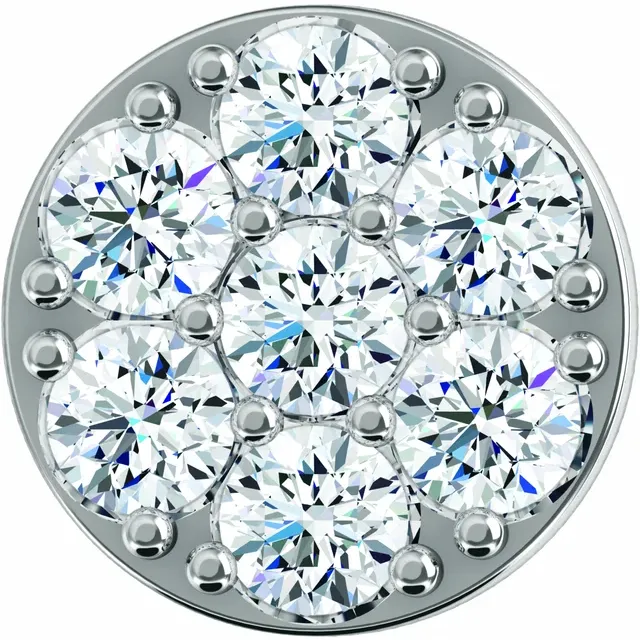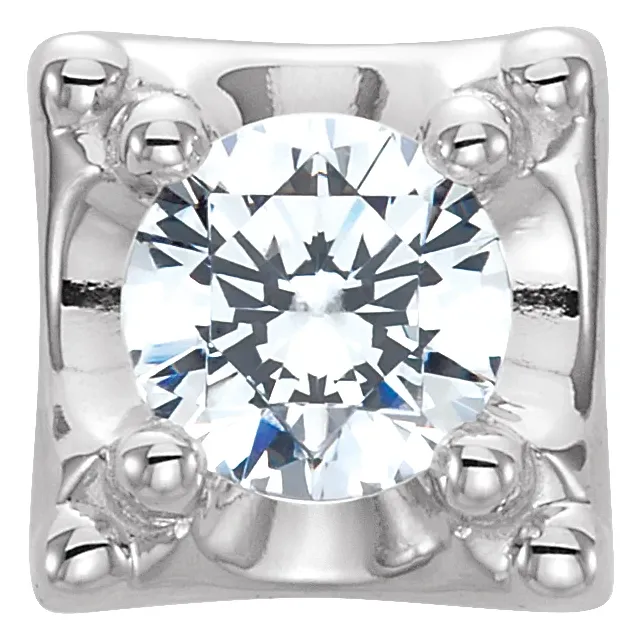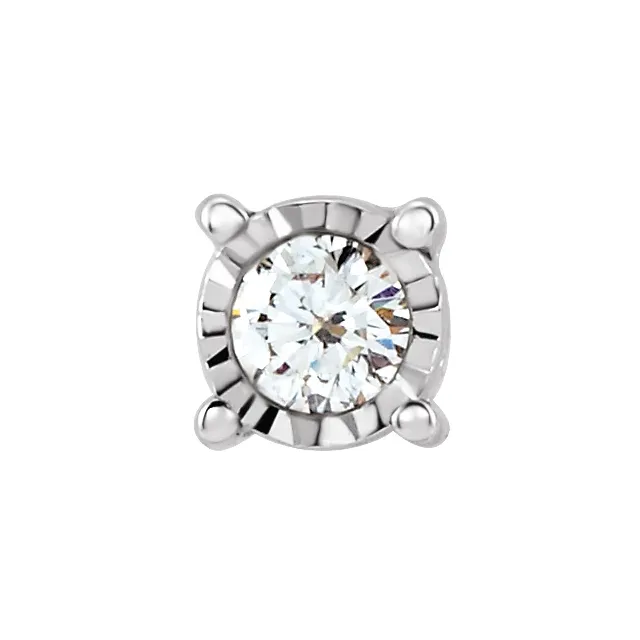The 4 C's of Diamonds - Plus the 5th C That Isn't Talked About
- Marah Cecil

- Sep 4, 2024
- 5 min read
Color
When thinking of a diamond, you might not expect color to be the first metric that comes to mind. The color of a diamond, or lack thereof, can greatly impact both the appearance and the price of a diamond. Diamonds are rated for color on a scale from D to Z

But why does diamond color start at D? Why not A? Most gemstones are graded AAA, AA, A, B, C. Diamonds had also been graded that way for some time. However, this system lacked accuracy and consistency. So when the Gemological Institution of America (GIA) started creating exacting standards for diamond grading, they started at D so there could be a fresh start. D through F is considered colorless. Near colorless is G though J. K though M are faint or tinted. N through R are very light and S though Z are light.
Diamonds also come in a rainbow of colors as well as black and brown. These are called “fancy” colors and can range from very faint to vivid.
Clarity
The next element to consider is diamond clarity. Diamonds frequently have imperfections that are called inclusions and blemishes. Blemishes are external and inclusions are internal and may breach the surface of the cut stone. These imperfections are a result of the heat and pressure that causes the diamonds to form. Stress and foreign particles cause flaws, though some are visible only under a microscope.

Diamonds are evaluated under 10x magnification. Flawless (FL) diamonds have no imperfections visible while internally flawless (IF) diamonds may have blemishes, but no inclusions. Very, very slightly included (VVS1 and VVS2) may have inclusions, but they are hard for even a skilled grader to see. Very slightly included (VS1 and VS2) have visible, but minor, inclusions. Slightly included (SI1, SI2, and SI3) have noticeable inclusions and included (I1, I2, I3) diamonds have obvious inclusions that affect transparency, durability, and brilliance.
Cut
The term “cut” has a few different meanings when used in conjunction with diamonds.
Firstly, the cut is often used to describe the shape of the stone. Diamonds can come in a large variety of shapes, including novelties like unicorns and stars. Some of the more common shapes are round, oval, marquise, square/princess, radiant/emerald, heart, pear, baguette, cushion, asscher, trillion, triangle, and half moon.
However, these shapes have much more to do with aesthetics and preferences than diamond quality. A more accurate use of the term cut would be to refer to the way the stones are shaped. There are a few different types of cuts, including: brilliant, step, radiant, rose, old miner, european, cabochon.
The cut can also refer to the quality of the craftsmanship. The cut is what controls the way the stone interacts with light: the brightness, fire, and scintillation. The brightness refers to the internal and external reflections of white light, while fire is the dispersion of light into colors of the spectrum. Scintillation is the pattern of light and dark areas, as well as the sparkle when moved. The ratios at which the diamond is cut, the polish, the symmetry of the cut, and number and angle of facets all greatly affect a diamond’s interaction with light. The more brilliant and fiery a diamond is, the higher the quality of the craftsmanship and cutting.

Carat
Carat is also crucial to consider when you’re selecting a diamond. It’s important to note that carat is a measurement of weight rather than size. So it is possible to have two diamonds that have the same length and width, but have dramatically different carat weights due to shallower or deeper cuts.

Carats get their name from the carob seeds. Early gem merchants used these small and uniform seeds as counterweights for their scales. Today this weight has been standardized to 200 miligrams per carat. Each carat is divided into 100 “points”. So a quarter of a carat diamond would be 25 points or .25 carats.
Carat weight does not necessarily affect the individual diamond quality, but larger diamonds are more rare and are priced accordingly. A one carat diamond will cost more than the quivalent weight made up of smaller diamonds.
Cost
There is a secret fifth C to consider when purchasing a diamond: cost. The price you’re willing to pay for a diamond will affect the size, color, and clarity you are able to obtain. There are a few ways that costs can be mitigated, but that all depends on what you are wanting from your diamond.

Lab vs. Natural: Lab grown diamonds are, for almost all intents and purposes, the exact same as natural diamonds. They are generally of a higher clarity and excellent proportions as they can be grown to have the best properties. One could get a much larger and nicer looking lab grown diamond for a fraction of the price a natural would cost. There are some trade offs though. Value is based on supply and demand. While the demand for lab grown diamonds is high, the supply is also high and new diamonds are constantly being grown around the world. This makes lab grown diamonds extremely affordable, but also means that they don’t have nearly the resale value of earth-mined diamonds. For someone who is not concerned with resale value, lab grown may be the perfect solution.
Metal Color: A diamond set into a colored metal will be slightly tinted that color as it diffuses through the stone. In a white metal such as white gold or platinum, this will not affect the look of the diamond. In a yellow gold ring, even a D colored diamond might appear to be further down the alphabet. Often a white gold or platinum head is used on a colored metal shank to not affect diamond color, but people opting for a colored metal and not wanting the two-tone look can save some money by purchasing a near colorless stone as opposed to a colorless one.
Illusions: If a larger diamond is not in the stars but a bold look is desired, there is still hope. Many jewelry pieces take advantage of illusions. One way to get a bigger look is to add a halo around the stone. A halo will have many smaller stones to enhance the look of the center stone. Similar to the halo is the illusion setting. This type of setting holds the stone in the center of a larger, polished, faceted metal disc to reflect light back and give the diamond the illusion of being larger. If only small diamonds are in cards for you, then you can have them set in a cluster. A cluster is a larger shape made out of smaller stones. As smaller diamonds are exponentially cheaper than larger stones, this can give you the size you are looking for a much more doable price tag.
There is so much to take into account when you’re making this significant purchase. Getting education on what makes a diamond quality and what drives diamond pricing can be so helpful as you navigate a new world of unfamiliar terminology. Knowledge is power, so hopefully this knowledge can aid you in your search for the perfect diamond.



































































Comments